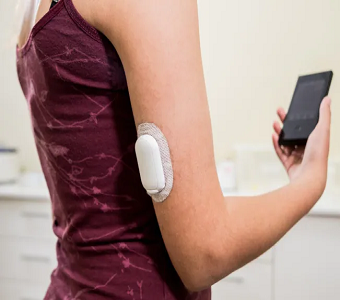Yesterday, The Journal of the American Medical Association (JAMA) published a study that tracked outcomes of COVID patients hospitalized in the New York City area. We think this natural history data can be used as a ballpark benchmark to interpret Gilead’s upcoming remdesivir data.
In a prior note we discussed the drawbacks to Gilead’s open label trial expected to readout in April (here). Without a control comparator arm, there is no sure way of interpreting remdesivir’s effect. To draw reasonable conclusions, the market will have to (1) wait for remdesivir NIAID placebo-controlled data in late May OR (2) use a close enough comparator arm that can set expectations for Gilead’s upcoming data.
JAMA Study Can Be Used as Comparable for Gilead
The JAMA study followed COVID patients admitted to 12 hospital in NY between March 1 – April 4, 2020. Among the 2634 patients who were discharged or had died during hospitalization, main findings were:
- 373 patients (14.2%) were treated in the intensive care unit care (ICU)
- 320 patients (12.2%) received invasive mechanical ventilation
- 553 patients (21%) died
- 2081 patients were discharged (79%)
- The overall length of stay was 4.1 days
With no approved treatment for COVID, these patients were given what doctors currently use as standard protocol. This natural history data can be used as a comparable to give relevant context and set expectations for Gilead’s remdesivir.
In other words, what remdesivir has to show to outperform current “standard of care”.
What to Look For
We’ll be comparing this JAMA study to the New England Journal of Medicine (“NEJM”) published data on 53 hospitalized COVID patients who received remdesivir on a compassionate-use basis. Data will be divided in two sets to classify the severity of the hospitalized patients:
- Patients that received invasive mechanical ventilation (think of these as MORE severe patients who are on ventilators/ECMO)
- Patients that DID NOT receive invasive mechanical ventilation (think of these as LESS severe patients receiving little to no oxygen support
In patients who received mechanical ventilation (“MORE” severe #1 group, above), Gilead’s remdesivir has shown a significantly lower death rate (18% vs 88%) and a higher discharge rate (24% vs 12%) than patients in the JAMA study.
In patients who did not receive mechanical ventilation (“LESS” severe #2 group, above), the death rate is lower (5% vs 12%), albeit the sample size is 1 for remdesivir. Similarly, the discharge rate equals. It is important to note that with just 19 patients, data on “LESS” severe patients is difficult to interpret.

We should have more clarity on both severe populations as Gilead will provide a larger sample set by the end of April. If remdesivir reports mortality/discharge data in line with the NEJM data above, we think remdesivir makes a strong case for an effective treatment.
What Does This Data Mean for Remdesivir & Gilead
Compared to natural history data, remdesivir’s limited data has been encouraging in the “MORE” severe patients that received invasive mechanical ventilation. These worst-off patients saw a significantly lower mortality rate when given remdesivir.
The Stat News report from University of Chicago seems to confirm this notion. They recruited 125 remdesivir patients, of which 113 were severe. Only 2 died. Using the natural history data, we estimate mortality would have been ~20 patients, if standard of care were used rather than remdesivir.
Remdesivir was administered rather late to the worst-off patients in ICU, and still showed promising efficacy. Theoretically, if administered earlier, it should prove to be at least as effective.
Comparing Gilead’s early NEJM data to natural history data hints to promising April data coming from Gilead. Of course, this is not an apples-to-apples comparison, but it is the most relevant we have to date. We are also only looking at 53 remdesivir patients, which is not alot. More patient data in April will add clarity. Although we don’t think remdesivir will move the needle much for Gilead’s topline, a promising treatment will greatly advance the battle against COVID.
PropThink contributors hold NO GILD positions
Access This Content Now
Sign Up Now!




